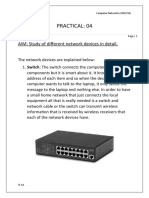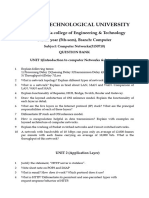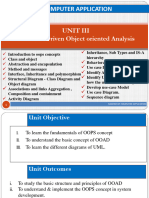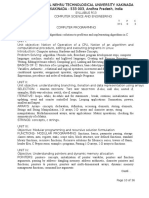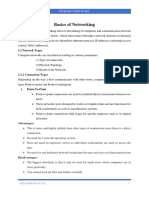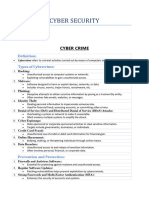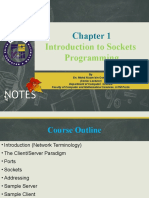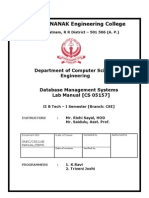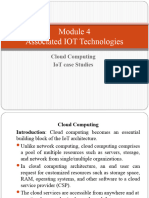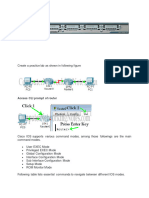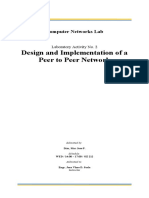0% found this document useful (0 votes)
843 views17 pagesBasics of Computer Networking - GeeksforGeeks
The document provides an overview of computer networking, explaining key concepts such as network types, protocols, and security measures. It covers the basics of how networks function, including terminology like nodes, IP addresses, and DNS, as well as various network topologies and architectures. Additionally, it highlights the importance of networks in modern communication and business operations, emphasizing their role in data sharing, security, and adaptability.
Uploaded by
kemerwaonaniCopyright
© © All Rights Reserved
We take content rights seriously. If you suspect this is your content, claim it here.
Available Formats
Download as PDF, TXT or read online on Scribd
0% found this document useful (0 votes)
843 views17 pagesBasics of Computer Networking - GeeksforGeeks
The document provides an overview of computer networking, explaining key concepts such as network types, protocols, and security measures. It covers the basics of how networks function, including terminology like nodes, IP addresses, and DNS, as well as various network topologies and architectures. Additionally, it highlights the importance of networks in modern communication and business operations, emphasizing their role in data sharing, security, and adaptability.
Uploaded by
kemerwaonaniCopyright
© © All Rights Reserved
We take content rights seriously. If you suspect this is your content, claim it here.
Available Formats
Download as PDF, TXT or read online on Scribd
/ 17
